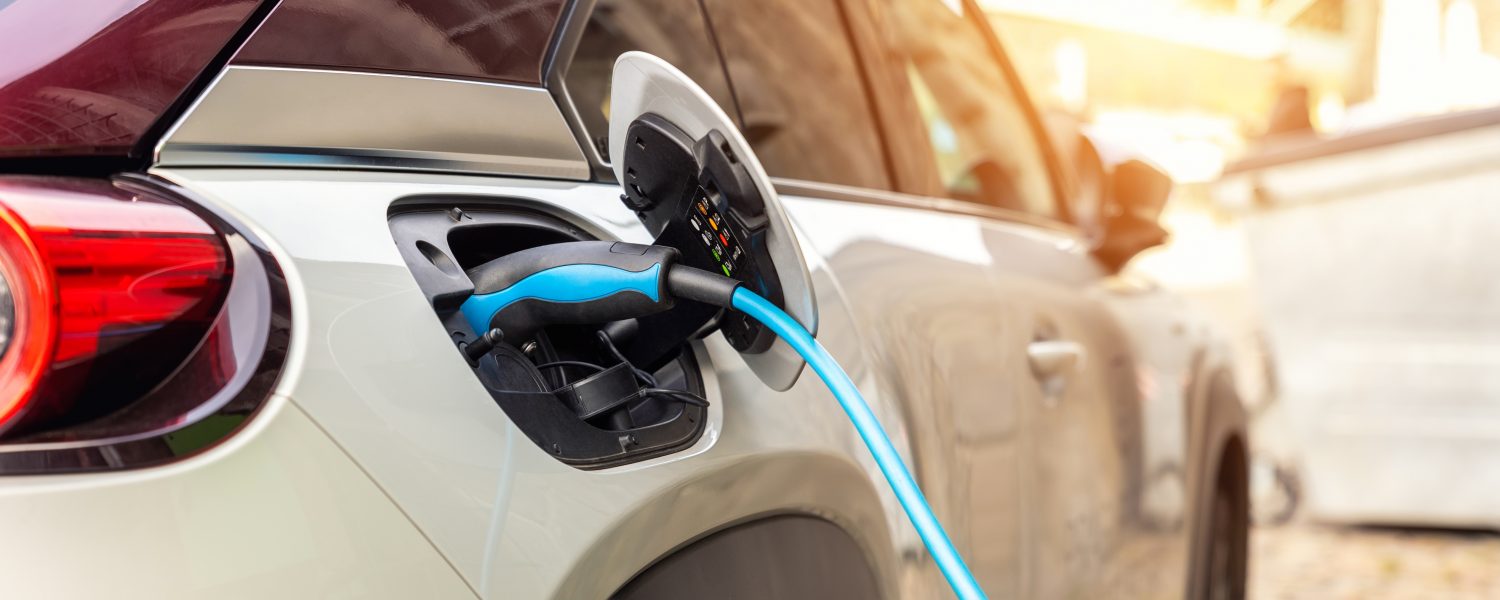Despite a recent drop-off in consumer interest in electric vehicles (EVs), the long-term prospects for EV purchases remain positive. Temporary setbacks in consumer enthusiasm are attributed mainly to economic uncertainties and concerns about charging infrastructure.
However, advancements in technology, supportive policies, and growing environmental awareness are expected to drive substantial growth in the EV market over the next few years. This article examines the current state of EV charging infrastructure, identifies key challenges in its expansion, and explores the innovative solutions being developed to address these issues.
Current State of EV Charging Infrastructure
There are over 100,000 public charging stations in the United States, with key players such as ChargePoint, Tesla, and Electrify America leading the market. However, the distribution of these stations remains uneven, with urban areas having better coverage than rural regions.
Challenges in Expanding EV Charging Infrastructure
High Installation Costs
The cost of installing EV chargers is a significant barrier. Equipment, installation, and maintenance costs can be prohibitively expensive, especially for small businesses and municipalities. A DC Fast Charger can run over $100,000, though grants and loans are available from several sources.
Grid Capacity and Reliability
The increased demand for electricity from EVs strains the power grid, necessitating upgrades and modernization to how electricity is distributed. The U.S. Department of Energy highlights the need for a resilient grid to accommodate EV growth.
Geographic and Demographic Disparities
There are significant disparities in charger availability between urban and rural areas. Additionally, multi-unit dwellings and low-income communities often lack sufficient access to charging infrastructure.
Technological Standardization
Compatibility issues between different EV models and chargers pose a challenge. Standardizing charging protocols and connectors is crucial for a seamless user experience.
Policy and Regulatory Hurdles
Inconsistent policies across regions create obstacles to infrastructure expansion. Streamlined regulations and supportive policies are necessary to accelerate development.
Innovative Solutions to Address Infrastructure Challenges
Advancements in Charging Technology
Ultra-fast chargers and wireless (inductive) charging represent significant advancements. Companies like ABB and WiTricity are pioneering these technologies. When available, these technologies will make charging more efficient and convenient.
Grid Integration and Smart Charging
Vehicle-to-grid (V2G) technology allows EVs to return power to the grid, enhancing electrical grid stability. Smart grids and demand response systems optimize energy distribution. Nissan and Enel X are leading V2G projects.
Public-Private Partnerships
Continued collaborations between governments, utilities, and private companies are vital. Initiatives like the California Electric Vehicle Infrastructure Project (CALeVIP) demonstrate how successful Three P partnerships can operate.
Incentives and Funding Mechanisms
Federal and State government grants, subsidies, and innovative financing models support infrastructure expansion. The U.S. Federal Tax Credit for EV chargers provides financial incentives to offset charging station installation costs.
Localized Solutions
Community-based charging networks and mobile charging units address specific local needs. Companies like SparkCharge offer on-demand charging services, enhancing accessibility.
Projected Developments in EV Charging Infrastructure
Short-term Projections
Key players plan significant expansions in the next few years. Technological innovations, such as ultra-fast chargers, will become more common. According to a report by BloombergNEF, global charging points should exceed 12 million by 2030.
Long-term Outlook
Integration with renewable energy sources and autonomous charging solutions will define the future. Global trends suggest a robust and interconnected charging network. The International Energy Agency predicts that by 2050, 70% of all vehicles will be electric.
Conclusion
The expansion of EV charging infrastructure faces challenges, but innovative solutions offer promising avenues. Technological advancements, public-private partnerships, and supportive government policies will drive the needed progress. As the industry evolves, stakeholders must invest in and support infrastructure development to meet the growing demand.

